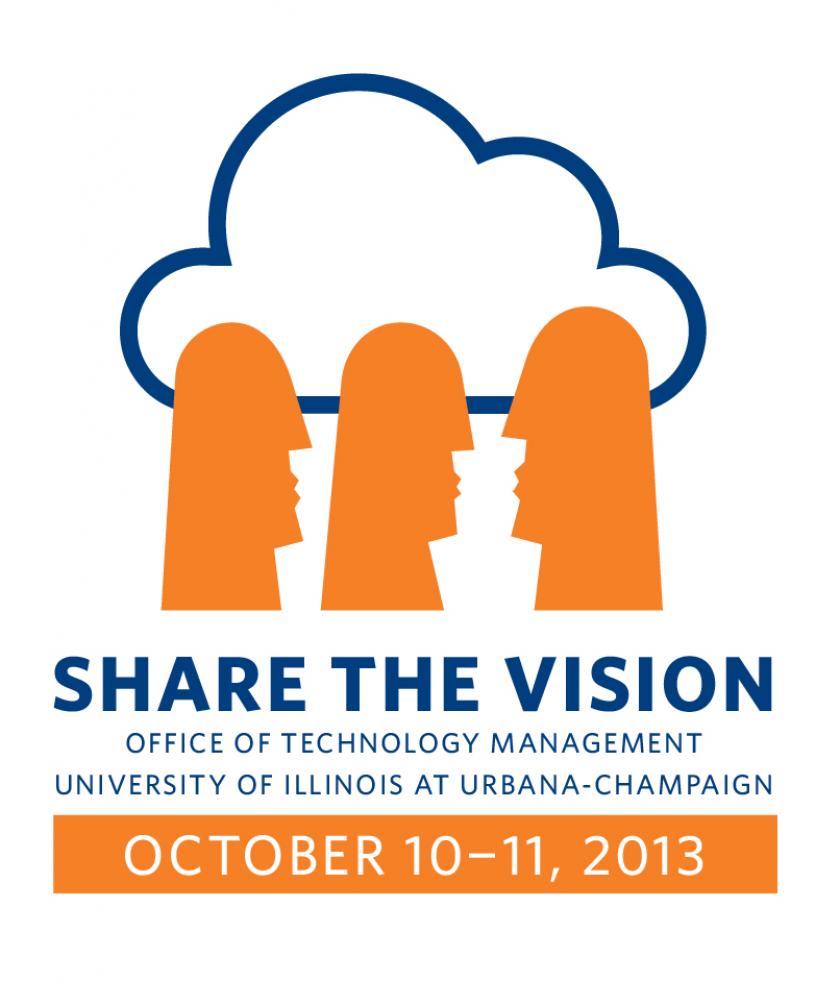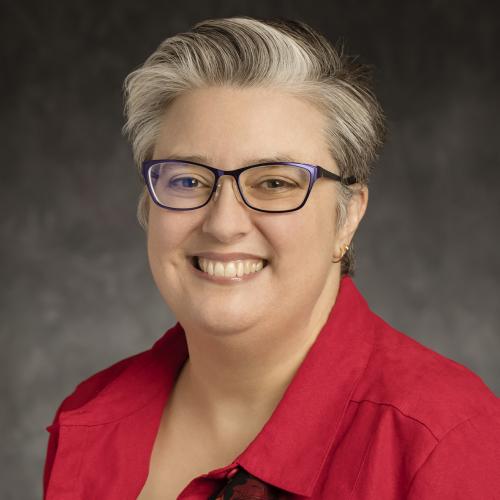


 A technology showcase scheduled for October 10-11 will
highlight the societal impact of research innovation. “Share the Vision 2013” will
feature breakthrough research in human health, bioinformatics, global
challenges, advanced materials, and information technology. Among those
scheduled to present are Catherine Blake, GSLIS associate professor and CIRSS associate director;
Ian Brooks, GSLIS research scientist; and ChengXiang Zhai, GSLIS-affiliated faculty member and associate professor
in computer science.
A technology showcase scheduled for October 10-11 will
highlight the societal impact of research innovation. “Share the Vision 2013” will
feature breakthrough research in human health, bioinformatics, global
challenges, advanced materials, and information technology. Among those
scheduled to present are Catherine Blake, GSLIS associate professor and CIRSS associate director;
Ian Brooks, GSLIS research scientist; and ChengXiang Zhai, GSLIS-affiliated faculty member and associate professor
in computer science.
The event, organized by the Office of Technology Management and the Research Park, focuses on transforming cutting-edge research into products, services, companies, and jobs that will have positive influences around the world. It will bring together 35 leading faculty and innovators on campus with corporate partners, venture capitalists, government funding agencies, and area start-ups. It also will feature corporate panelists and speakers from the National Science Foundation.
Presentations by Blake, Brooks, and Zhai will include:
“Using the Claim Framework to Synthesize Evidence and Accelerate Scientific Discovery” (Blake)
“INDICATOR: Integrating Common Data Sources for Community Health Monitoring” (Brooks)
“General Statistical Methods for Integration and Analysis of Opinionated Text Data” (Zhai)
“In a world of big data, it is easy to forget that solutions to grand challenges such as health, the environment, and information quality require a human in the loop. These talks typify the exciting things that can happen when you consider people, information, and technology,” said Blake. “For example, the manual methods used to integrate scientific results into practice do not scale to the more than one million biomedical articles published each year, but automating the ‘Claim Framework’ reduces the time required to integrate the latest scientific findings into public policy.”